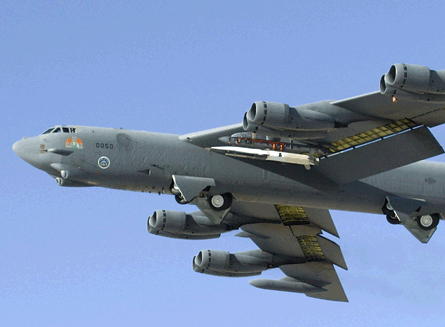The second Boeing X-51A Waverider, set for a 22 March launch attempt, includes modifications designed to eliminate the problems that prevented the first prototype from achieving its goal of 300s of powered flight at Mach 6 last May.
Although highly successful compared with the previous record of 12s for hypersonic flight by a hydrocarbon-fuelled scramjet, range safety officials terminated the X-51A flight because of a loss of telemetry after 143s of powered flight.
During the burn, however, the fuel-cooled engine was thermally balanced and continued to run as expected, producing thrust that both accelerated and boosted the flight-test vehicle, the first of four in the US Air Force-sponsored research programme.
 |
|---|
© Mike Cassidy/USAFThe second Boeing X-51A Waverider includes modifications designed to eliminate the problems that prevented the first prototype from achieving its goal of 300s of powered flight at Mach 6 last May |
Investigations were carried out by USAF, Pratt & Whitney and Boeing after the mission revealed a problem with the interface between the scramjet engine and the airframe, which reduced thrust at the vehicle level.
"It was clear and evident that the interface was something we had to take a harder look at," says P&W Rocketdyne hypersonic programmes director Curtis Berger. He says it is likely that the engine would have run the full duration of the mission had the interface problem not surfaced.
Changes to the thermal seal between the engine and airframe have been made on the remaining vehicles.
The 22 March launch will feature the same parameters as the first, says Berger. This includes a boost to 70,000ft (21,350m) by an Army Tactical Missile solid rocket booster engine after an air drop by a Boeing B-52H flying at 49,500. The scramjet uses an ethylene mix for ignition and JP-7 fuel for the 300s burn.
Source: Flight International













